Quick update: Trump was swift in denying the news. “We’re not planning on doing it,” he said. “It’s highly unlikely.”
Dollar reversed earlier gains and fell sharply after reports emerged that US President Donald Trump is preparing to fire Fed Chair Jerome Powell “very soon”. The move would spark a dramatic clash over the independence of the central bank, with immediate market implications.
Trump reportedly asked a group of House Republicans on Tuesday whether he should fire Powell, drawing vocal approval. Rep. Anna Paulina Luna later posted on X that she was “99% sure firing is imminent.”
Dollar had traded firmer earlier in the day but quickly reversed course as markets digested the political shockwave. Investors are now pricing in elevated institutional risk and potential disruption to monetary policy continuity. While Powell was originally appointed by Trump in 2017, the president has since turned sharply critical of the Fed’s slow approach to rate cuts during his second administration.
Any dismissal of Powell would almost certainly trigger a legal showdown. The Supreme Court recently signaled that Trump cannot automatically extend his authority to remove the Fed chair, given the central bank’s unique semi-private governance structure. Still, the mere threat of such a move is enough to inject fresh volatility into markets already wary of political interference.
Techncially, EUR/USD’s strong rebound and break of 1.1691 minor resistance suggests that a temporary low was formed at 1.1561. For now, it’s still early to decide if the whole corrective pattern from 1.1829 has completed. Nevertheless, firm break of 1.1829 will confirm larger rally resumption. Meanwhile, break of 1.1561 will extend the correction.
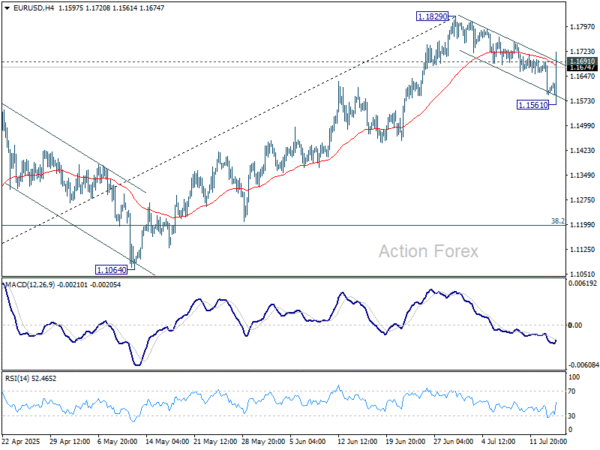





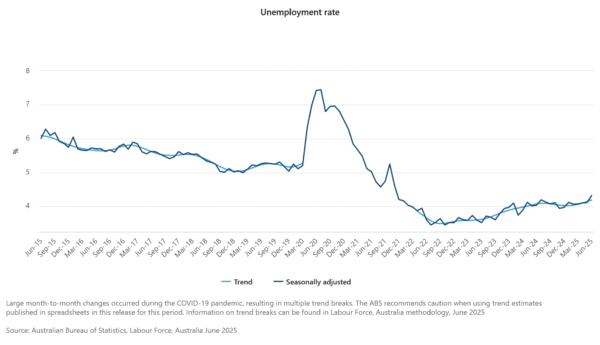


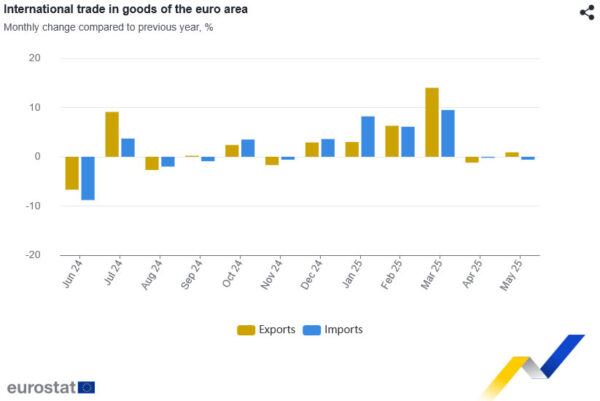
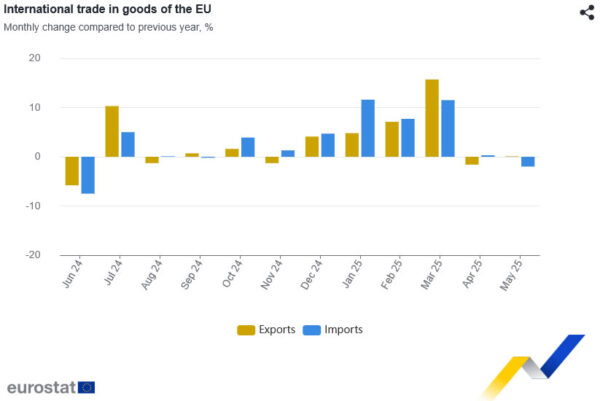
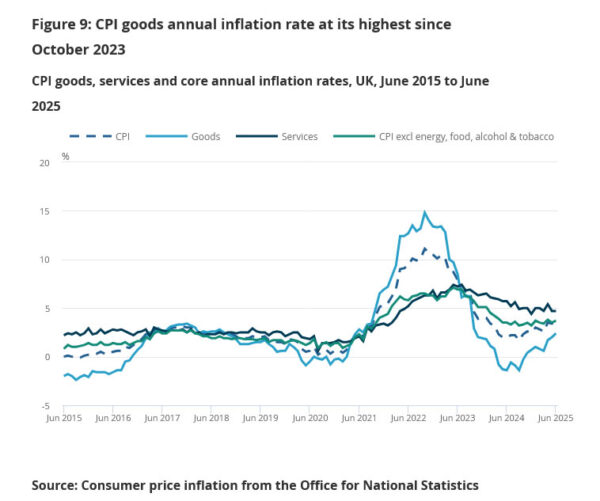
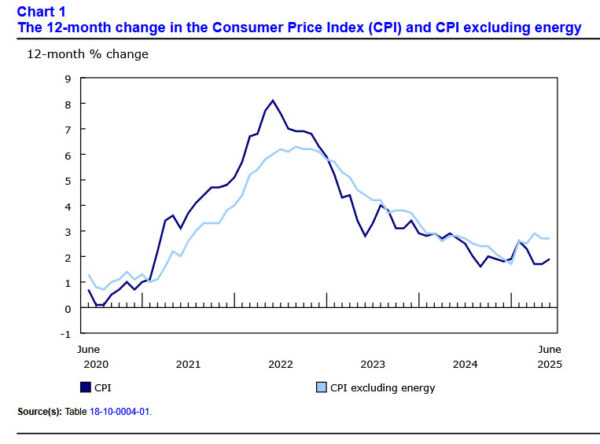
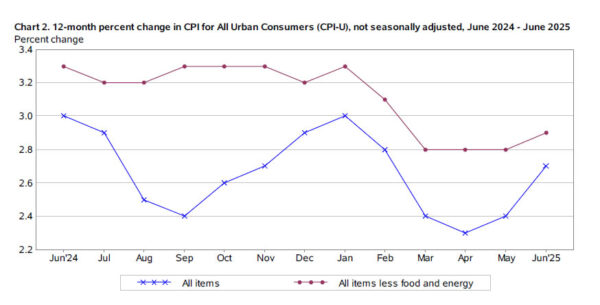

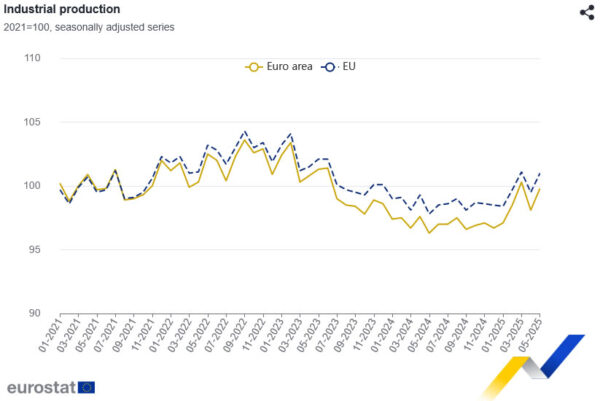

Eurozone CPI finalized at 2% in June, services remain main driver
Eurozone CPI was finalized at 2.0% yoy in June, slightly higher than May’s 1.9% yoy. Core CPI (ex energy, food, alcohol & tobacco) held steady at 2.3% for the second straight month.
Services contributed the bulk of annual Eurozone inflation (+1.51 percentage points), followed by food, alcohol and tobacco (+0.59 pp). Energy continued to exert a mild drag, subtracting -0.25 pp.
At the broader EU level, CPI rose to 2.3% yoy from 2.2% yoy the prior month. Cyprus and France saw sub-1% inflation, while Eastern European nations led the upside—Romania at 5.8% and Estonia at 5.2%. Inflation rose in 22 out of 27 EU states.
Full Eurozone CPI final release here.